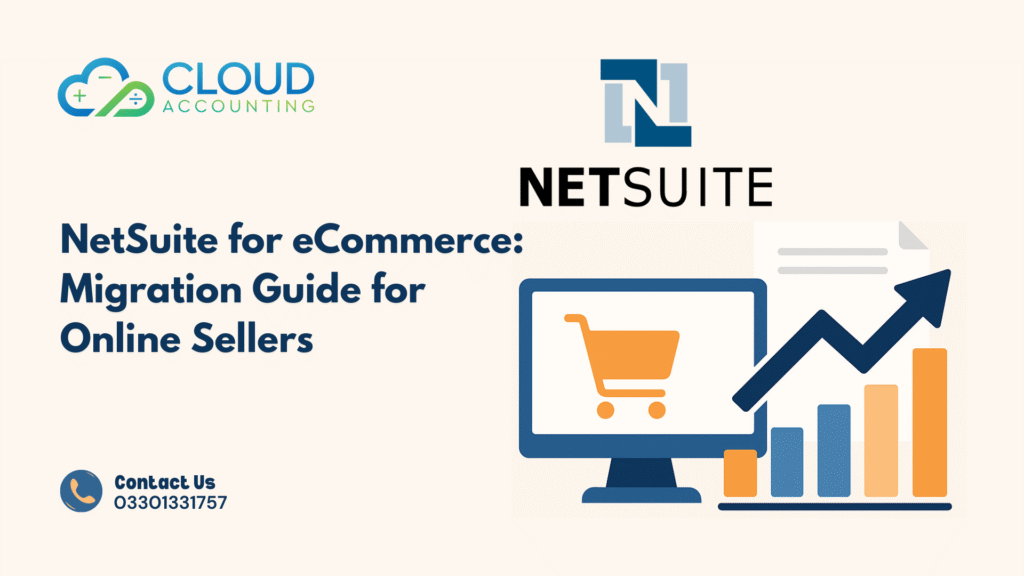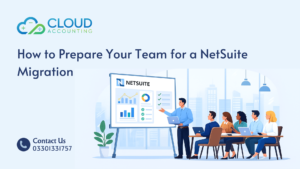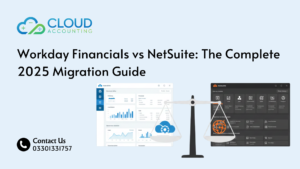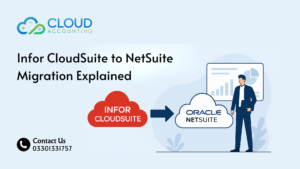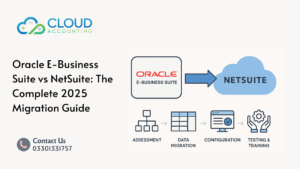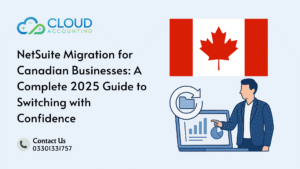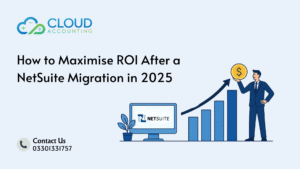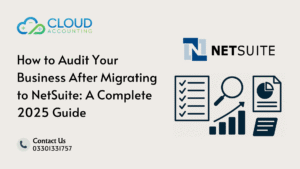The eCommerce market in 2025 is more competitive than ever. Online sellers are scaling faster, handling more sales channels, and facing stricter compliance rules across borders. With customer expectations for same-day shipping, real-time tracking, and flawless checkout experiences, businesses can’t afford to rely on outdated systems.
Spreadsheets, entry-level accounting tools, and legacy ERPs often fail to keep pace with:
- High-volume sales spikes during promotions or seasonal peaks
- Multi-channel operations across Shopify, Amazon, WooCommerce, and eBay
- Real-time inventory and order visibility
- Cross-border taxation, VAT, and compliance requirements
This is where NetSuite Migration for eCommerce becomes essential. By upgrading to a cloud-based ERP like NetSuite, online sellers gain a single, unified platform to manage finance, sales, inventory, and compliance all in one place.
The benefits go beyond just efficiency. Businesses adopting NetSuite Migration for eCommerce can:
- Automate order-to-cash workflows to reduce manual errors
- Consolidate financial data across regions and subsidiaries
- Support international growth with multi-currency and multi-tax capabilities
- Access accurate, real-time insights for better decision-making
In short, NetSuite gives online sellers the agility to grow without being held back by fragmented systems. This guide explains why migration matters, the pitfalls to avoid, and the exact steps to ensure success in 2025 and beyond.
Why eCommerce Businesses Need NetSuite Now
Running an eCommerce business without the right technology can be overwhelming. Common pain points include inventory chaos, inaccurate reporting, and disconnected platforms.
Businesses are embracing NetSuite Migration for eCommerce because it helps them solve these issues by:
- Providing a single source of truth for financial and operational data
- Offering real-time inventory and order management across multiple channels
- Supporting compliance for VAT, GST, and other global tax regulations
- Scaling effortlessly as businesses expand into new markets
Simply put, online sellers who adopt NetSuite for online sellers gain the flexibility they need to grow without being held back by outdated tools.
Key Benefits of NetSuite Migration for eCommerce
The decision to migrate to NetSuite isn’t just about upgrading software — it’s about preparing your business for long-term growth. Here are the major benefits of NetSuite Migration for eCommerce:
- Centralised Order & Inventory Management
Track stock levels in real time across warehouses, marketplaces, and retail stores. - Seamless Multi-Channel Integrations
Connect platforms like Shopify, Amazon, WooCommerce, and Magento with NetSuite. - Real-Time Financial Visibility
Gain insights into sales performance, profit margins, and cash flow instantly. - Scalability for Global Growth
Handle multiple currencies, tax rules, and subsidiaries from one platform.
By leveraging eCommerce ERP migration, businesses reduce errors, improve customer satisfaction, and streamline operations. That’s why more sellers are prioritizing NetSuite implementation for eCommerce in 2025.
Common Pitfalls in NetSuite Migration for eCommerce
While the benefits are clear, not every migration is smooth. Businesses often fall into traps that delay projects and create extra costs.
The most common pitfalls in NetSuite Migration for eCommerce include:
- Rushing the process without properly auditing and cleaning data
- Overlooking SKU mapping and product attributes, leading to mismatched inventory
- Ignoring tax compliance when selling in multiple regions
- Failing to train teams, leaving staff unprepared for the new system
Avoiding these mistakes requires careful planning and support. Businesses that take shortcuts often face downtime, frustrated staff, and poor adoption rates.
Step-by-Step NetSuite Migration for eCommerce Businesses
Migrating to a new ERP system doesn’t happen overnight. It’s a multi-stage process that requires planning, testing, and expert oversight. A well-structured NetSuite Migration for eCommerce ensures your store keeps running smoothly while you upgrade to a more powerful system.
Here’s a breakdown of the key stages:
- Initial Assessment & Requirements Gathering
- Define your migration goals (scalability, multi-channel, tax compliance).
- Audit current systems like Shopify, WooCommerce, or Magento to identify gaps.
- Create a detailed project plan with clear milestones and responsibilities.
- Define your migration goals (scalability, multi-channel, tax compliance).
- Data Cleansing & Mapping
- Standardise SKUs, product categories, and order data.
- Remove duplicate or outdated customer records.
- Map financial and operational data to the correct fields in NetSuite (sales, taxes, payment gateways).
- Standardise SKUs, product categories, and order data.
- Integration Planning
- Decide which platforms to integrate — Shopify to NetSuite migration, Amazon marketplace sync, or Magento to NetSuite migration.
- Set rules for order flows, refunds, and inventory synchronisation.
- Configure payment and shipping integrations to avoid manual re-entry.
- Decide which platforms to integrate — Shopify to NetSuite migration, Amazon marketplace sync, or Magento to NetSuite migration.
- Testing & Validation
- Run simulations with small data batches to spot issues early.
- Validate SKU mapping, tax calculations, and reporting accuracy.
- Test multi-channel order flows from marketplaces and websites to ensure real-time syncing.
- Run simulations with small data batches to spot issues early.
- Training & Change Management
- Provide role-based training for finance, operations, and customer service teams.
- Create easy-to-follow guides for daily tasks (order processing, refunds, reconciliations).
- Encourage adoption by showing how the new system simplifies work.
- Provide role-based training for finance, operations, and customer service teams.
- Go-Live & Post-Migration Support
- Schedule the go-live during a low-traffic sales period to reduce risk.
- Monitor system performance closely in the first weeks.
- Offer ongoing post-migration support for bug fixes, reporting optimisation, and staff questions.
- Schedule the go-live during a low-traffic sales period to reduce risk.
By following these steps, eCommerce sellers can move confidently to NetSuite without downtime or lost data. A carefully managed NetSuite Migration for eCommerce not only protects business continuity but also sets the foundation for scalable growth.
How Cloud Accounting Supports Your eCommerce Migration
At Cloud Accounting, we specialise in supporting online sellers through every stage of their migration journey. Our services cover:
- End-to-end planning and execution of eCommerce ERP migration
- Expert support for Shopify to NetSuite migration and Magento integrations
- Data validation, compliance checks, and SKU mapping
- Ongoing post-migration training and support
With years of experience in NetSuite Migration for eCommerce, we help businesses avoid pitfalls and achieve faster ROI.
Final Thoughts & Call to Action
For growing online sellers, the question isn’t whether to upgrade — it’s how quickly they can make the move. NetSuite Migration for eCommerce provides the foundation for multi-channel growth, compliance, and financial visibility. Businesses that wait too long risk falling behind competitors who already have real-time inventory tracking, automated reporting, and seamless integrations with marketplaces.
Making the transition now allows you to:
- Consolidate all your sales channels into one centralised ERP
- Reduce costly errors from manual processes and disconnected tools
- Scale confidently into new regions with global tax and compliance support
- Improve customer satisfaction through faster, more accurate fulfilment
At Cloud Accounting, we understand that online sellers don’t just need a software upgrade — they need a strategic partner who knows how eCommerce operates. Our experts ensure your NetSuite Migration for eCommerce is not only technically accurate but also aligned with your growth goals.
If you’re ready to take your online business to the next level, book a free consultation with Cloud Accounting today. We’ll guide you through every step from planning and data mapping to training and post-migration support ensuring your migration is smooth, accurate, and designed for long-term success.

